
Mountains, mines, terricons - traces of ancient mining (4.díl)
 15. 05. 2017
15. 05. 2017

Let's go.
I will take on the role of the one who cooks the planet and move on to the next metallurgical stage. We obtained a rock with a certain content of the desired element. What to do with her next? Before we put it in the melting furnace or to extract the desired element from the rock in any way, it is necessary to enrich it to increase the percentage of content. To do this, we will send it to processing and processing plants. There it separates the concentrate and the remaining tailings…
What with her?
They will take her to the heaps, perhaps to the terricons.
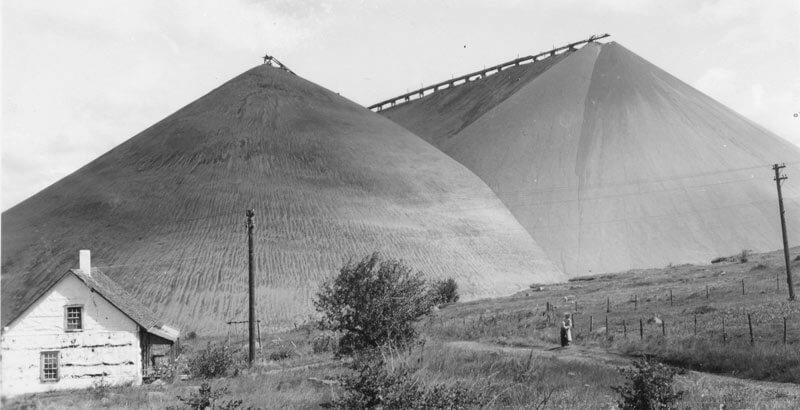
Terricon (from French terril - dump, heap and conique - conical, conical) is an artificial design of tailings obtained during the mining of coal or other minerals, but it can also be a pile of waste or waste materials from various industries and the combustion of solid fuels. And now you will logically ask me where the piles of tailings are, if they were mined on such a gigantic scale.
Some will show up. But alright.
You will see such heaps anywhere in the world where mining takes place. Hundreds of them are, for example, Donbas:
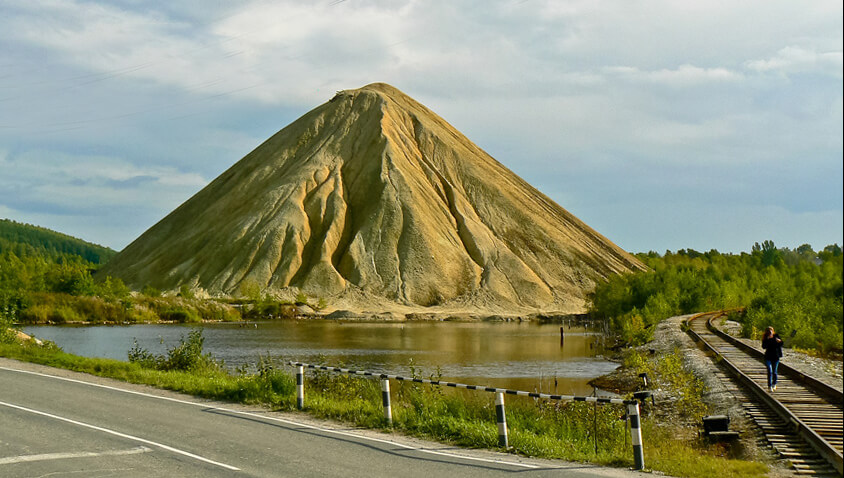
The highest ones are up to 300 meters! Within them there are chemical reactions, they burn and sometimes even explode when overpressure accumulates inside.
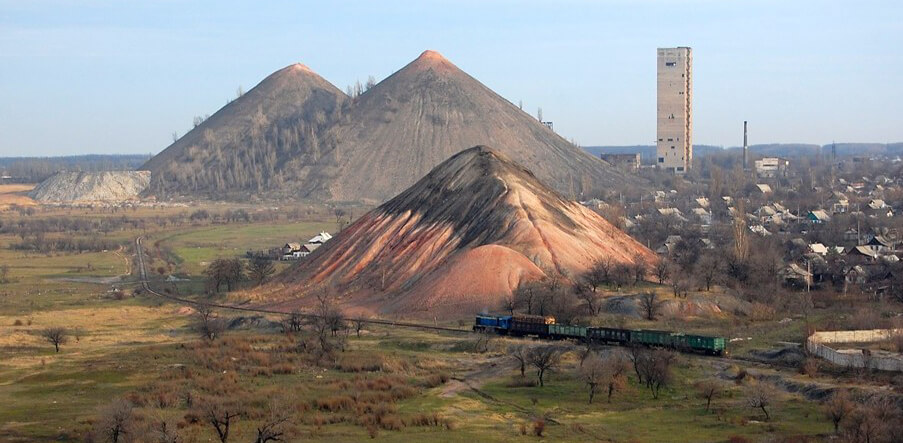
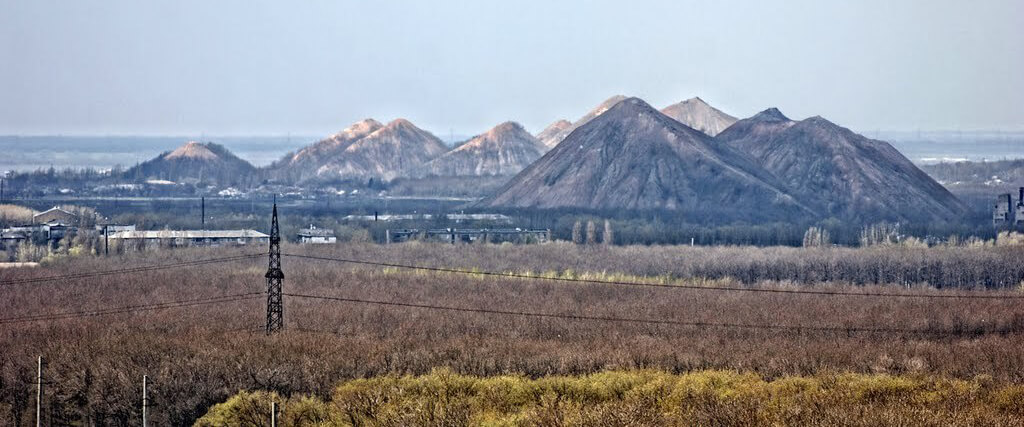
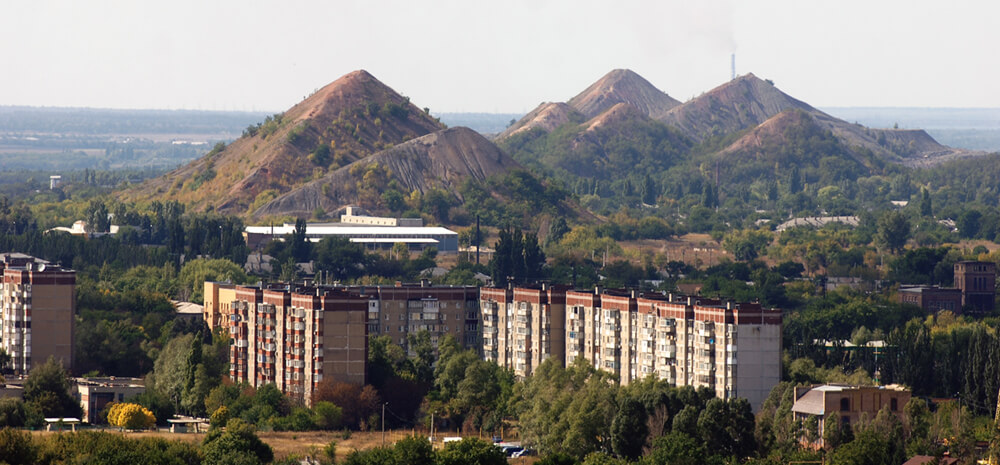
You will also find them in Germany, for example:
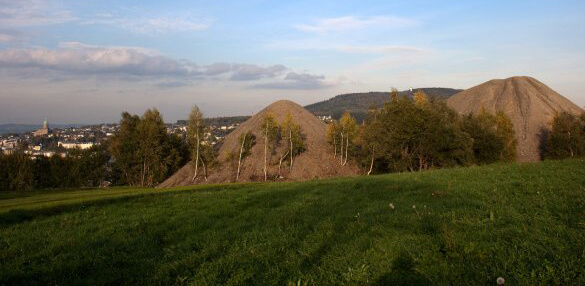
or perhaps in France:

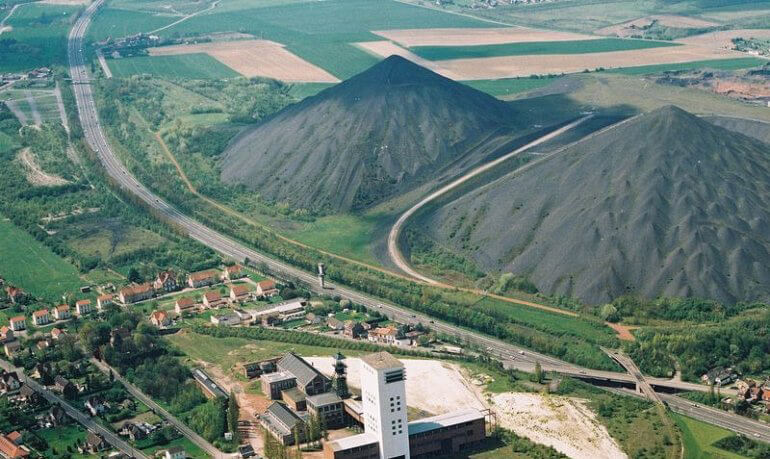
They even go there: either on a specially modified ski slope, or just so ...
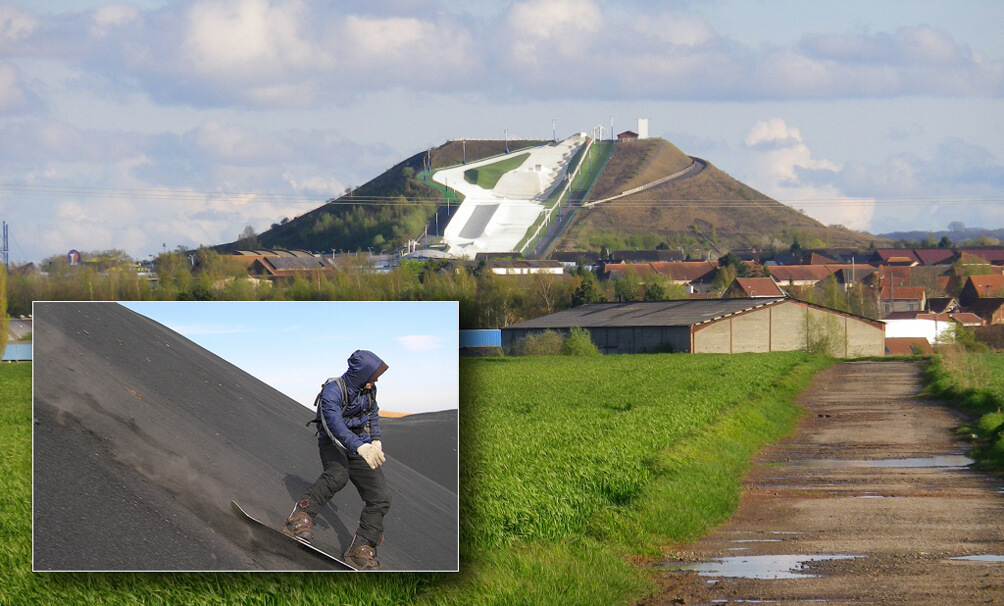
Similar heaps are of course to us. For example, the well-known Ostrava heap Ema (49.839653, 18.314611) is located in the Silesian Ostrava area on the right bank of the Ostravice River. As our beloved wikipedia states, it is made up of millions of tons of extracted dung from the Ostrava mines (area: 82 hectares, volume: over 4 million m³). Over a hundred and fifty-year-old heap is already covered with vegetation, but it still works, so white clouds of gas, especially sulfur dioxide, come out of it. In particular, its southern part is constantly heated by internal processes, so subtropical plants are successful on the surface and there is no snow in the winter. Inside the burning heap reaches a temperature of up to 1500 ° C, creating rare minerals - porcelain and jasper.
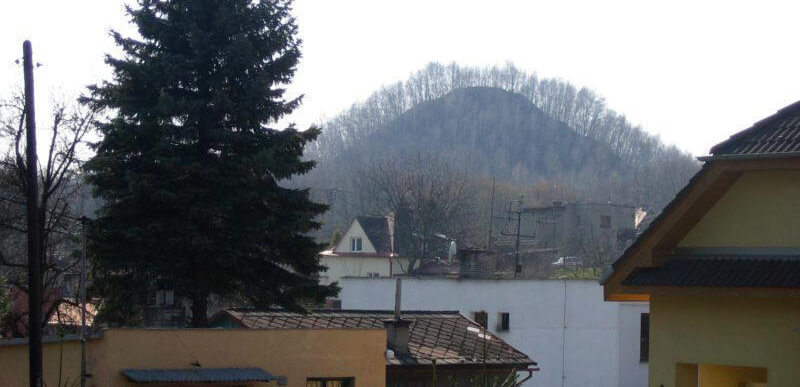
By erosion, the originally smooth surface of most terricons is gradually changing:
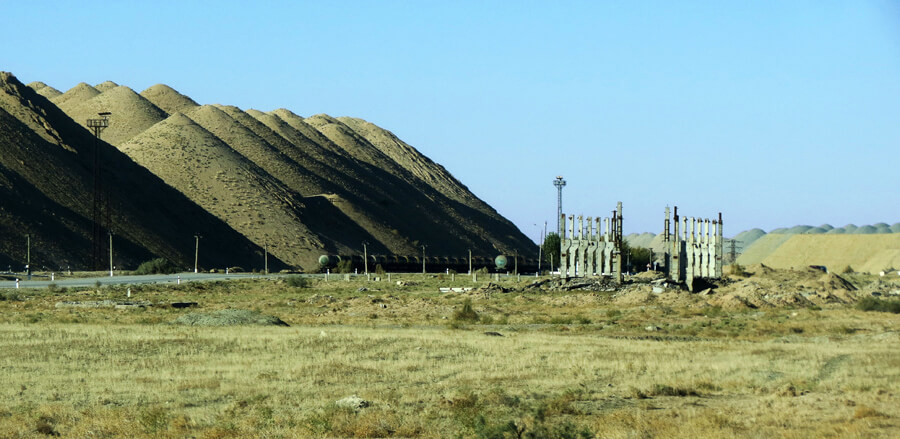
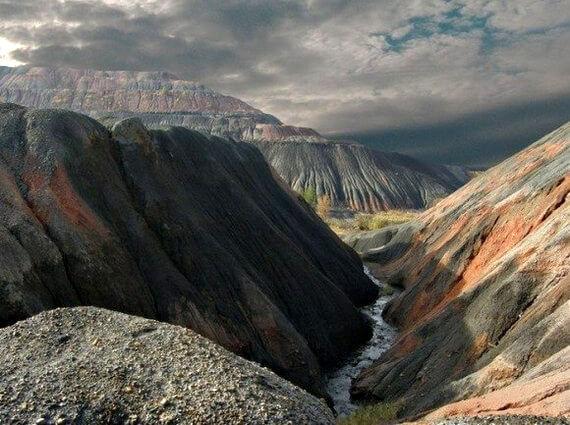

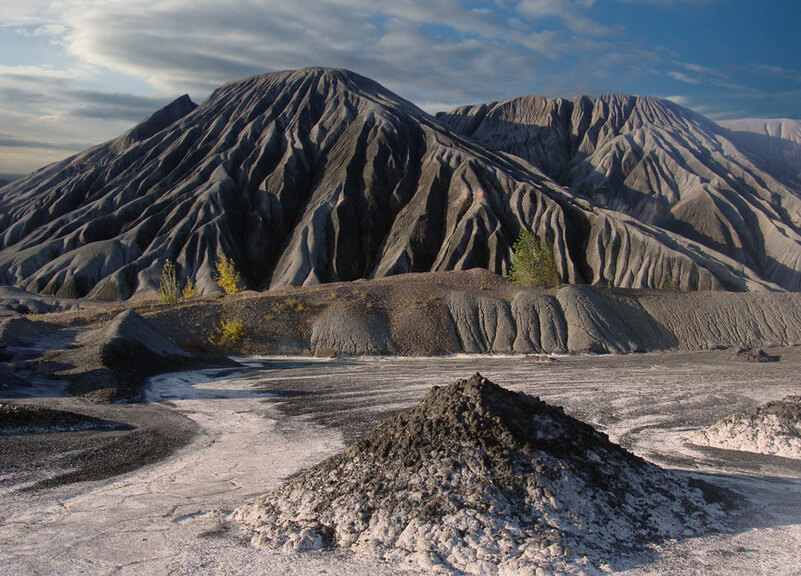
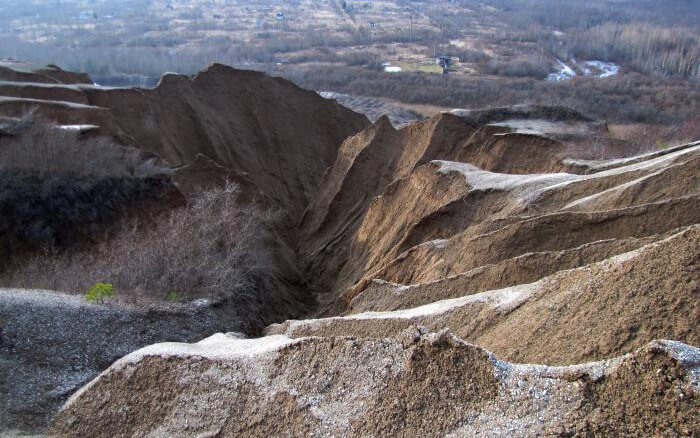
After a long time, the specialist knows that the interesting rock formation he admires is not of natural origin.
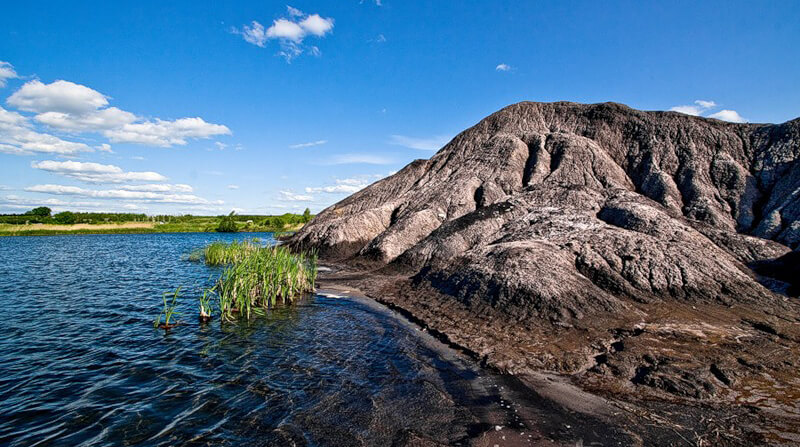
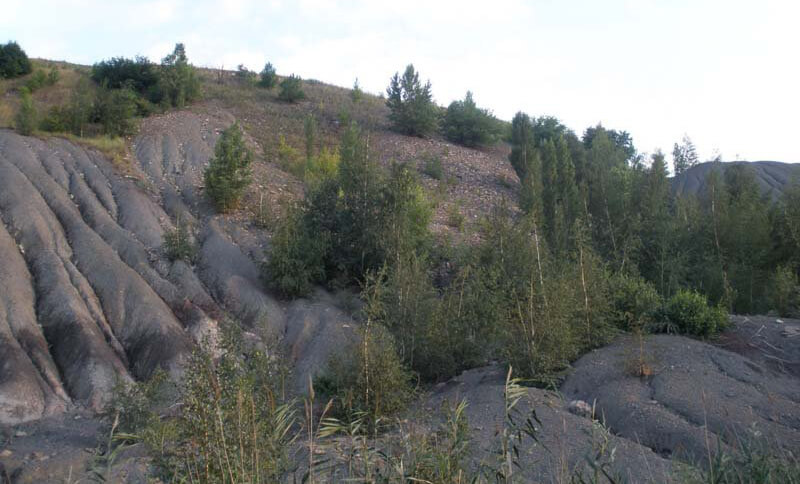
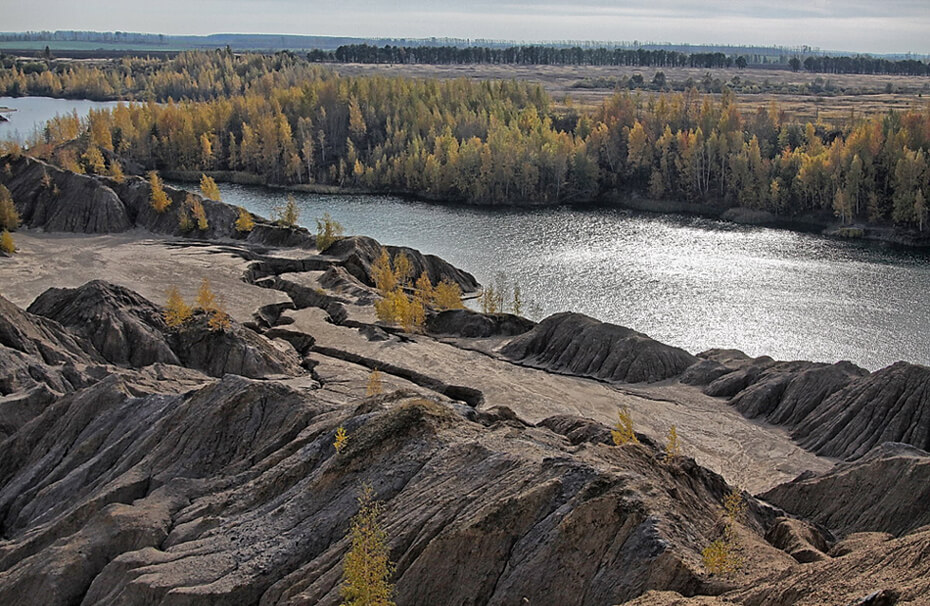
Erosion is therefore clear evidence that these are dumps and heaps. The slopes are covered with ravines and drainage canals. If you see mountains whose slopes are covered with drainage canals, ravines and ravines, then these mountains are made of loose materials and this signals important information about their true origin. Hard rock fragments can protrude from their peaks, but don't let that happen to you, because - as mentioned above - exothermic reactions often take place inside heaps and dumps, so loose material can sinter. Or he may just fall down. A clear example is sandstone - a relatively hard rock at the beginning of which was loose sand.
Mountains and hills with such erosion need to be looked at more closely. Their shape has no special significance, it can be any, especially with regard to repeated processing - as we saw in the case of the Grand Canyon - heaps and dumps.
Photos of heaps with grooves, ravines and drainage channels:
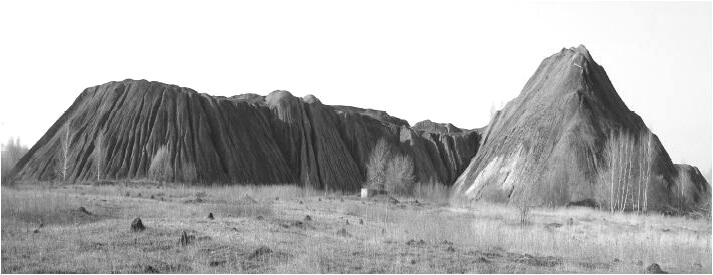
However, not all original heaps are made of such materials that distort erosion. In addition, many have received reclamation care, and today it is hard to see that the picturesque smooth hill with footpaths for tourists or perhaps as a slopes is actually a disguised pile of waste.
Well, that's the traces of current or recent mining. But we are wondering if anything like that has been left behind by our earlier ancestors.
And, of course, it stayed! Just have a good look.
So what about the mountains of Pjatigorska - do not they remind you of terrions?
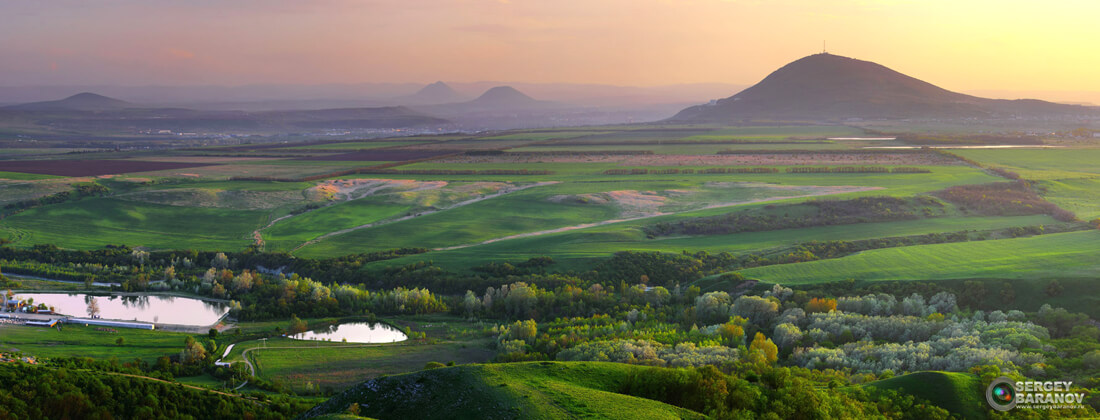
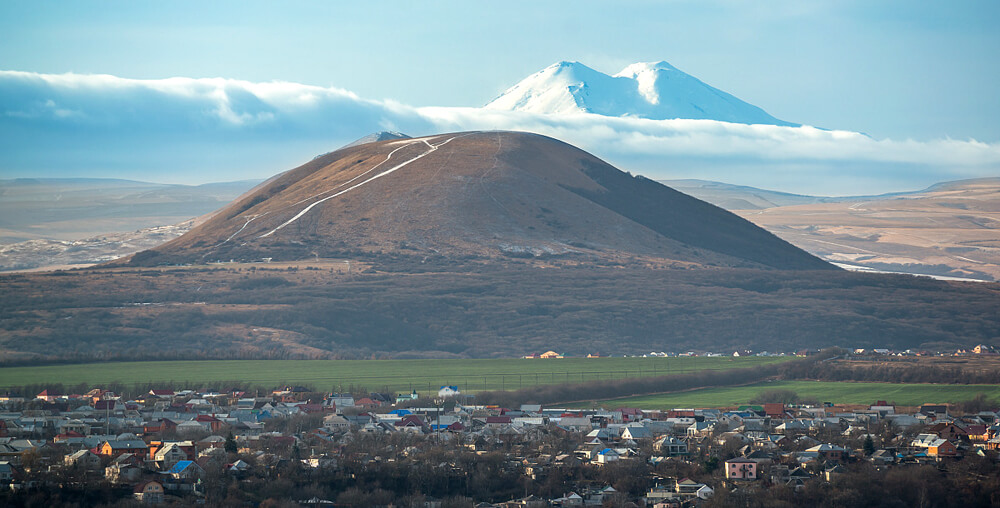
(That's what I mean the "rump" in the foreground.)
Or the Philippines. One of the most interesting places there is the island of Bohol. It became famous thanks to the so-called "chocolate hills", which spread over an area of about 50 km2 in the number of 1268 elevated precision cones. One like the other, like baby cakes on the sand, but beware some reach a height of up to 100 meters!
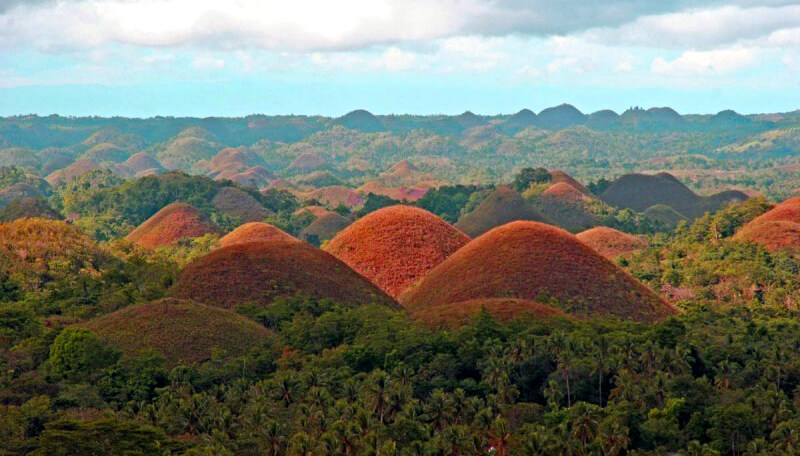
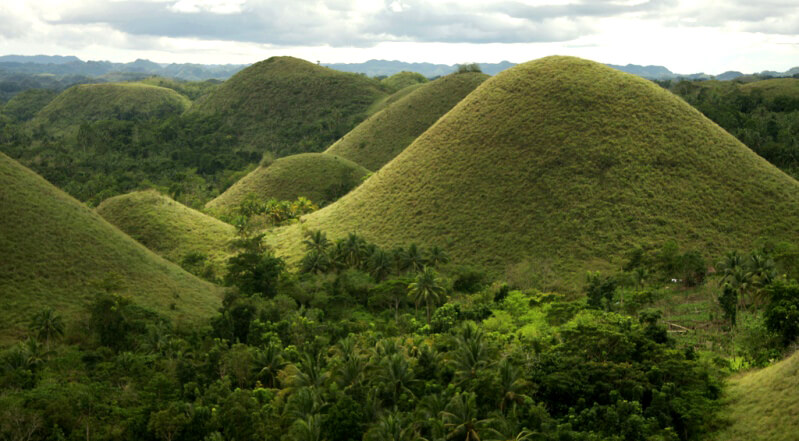
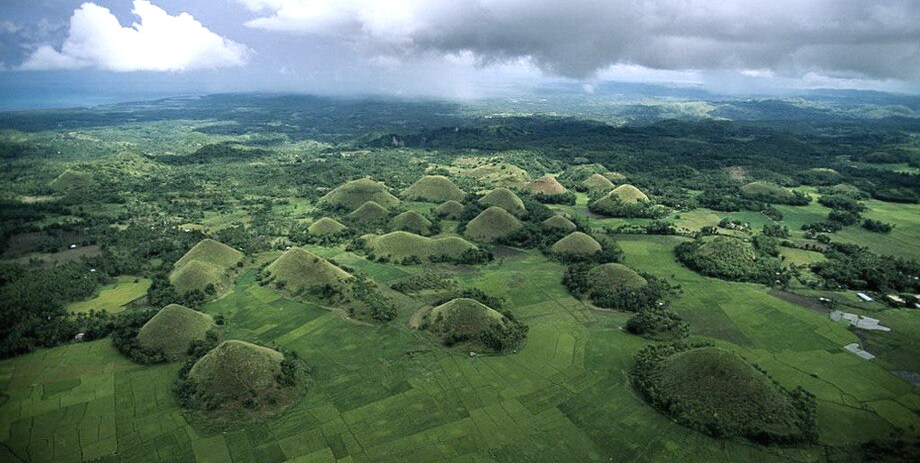
The hills form limestone and under it is - clay ground! This means that they appeared later only after a layer of fertile soil was created. The artificial increase is also evidenced by the fact that the hills have a rather loose structure, and when it rains for a long time and then the earthquake will come, it will be as follows:
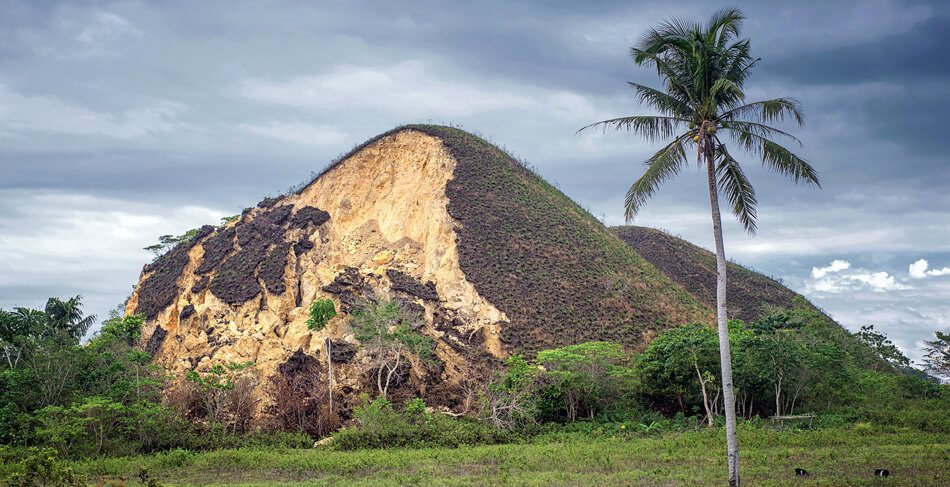
But something similar can be seen in China. And these "crunch" there is really enough, as we can easily find out from the satellite image (24.781569, 104.326566).
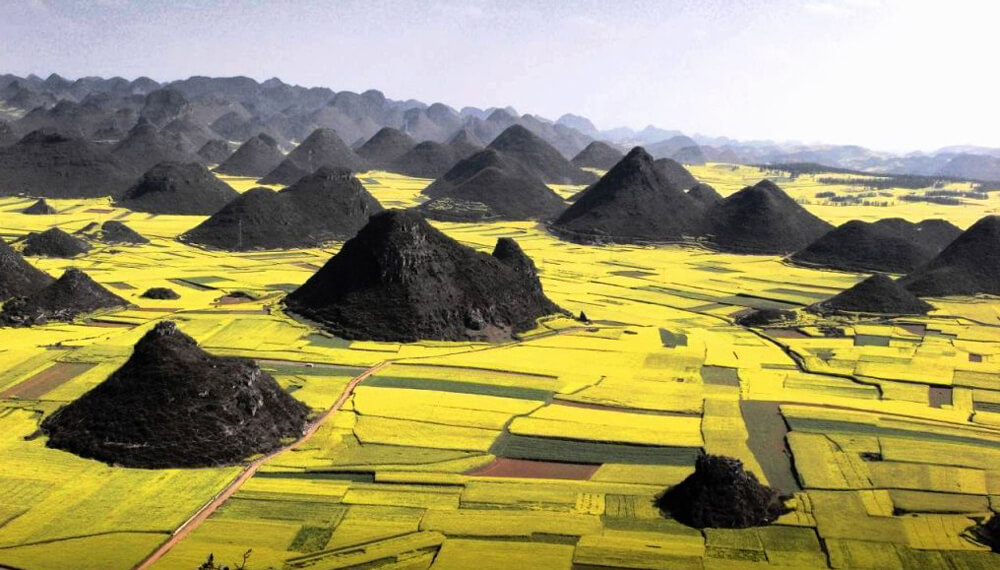
The Sahara also benefited:
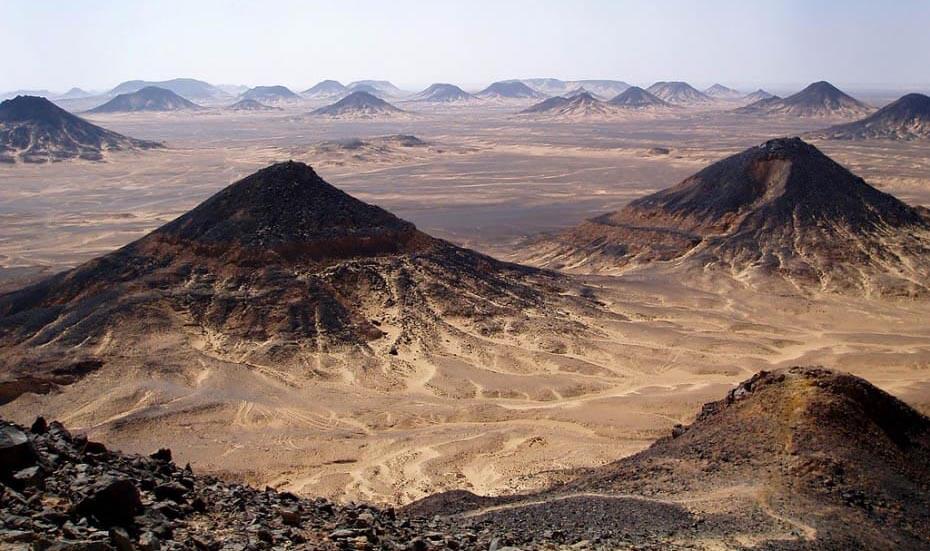
And in Špicberky just like this:
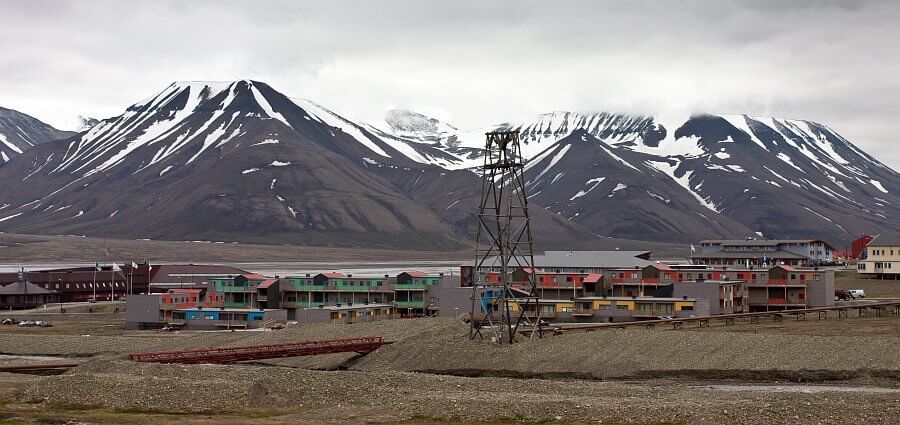
Immediate surroundings of the Escondida copper mine in Chile:
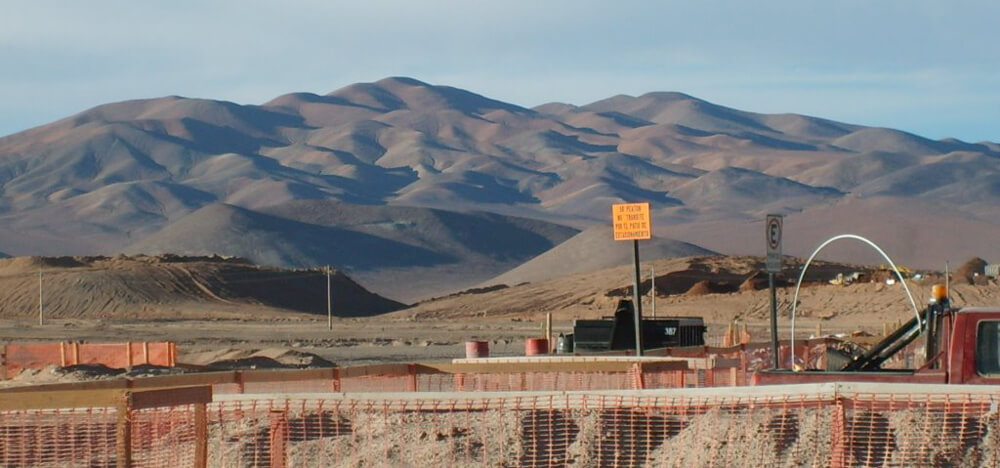
The "hills" in the immediate vicinity of this huge quarry remind us of something we can see in the vicinity of the current mining sites. Like here:
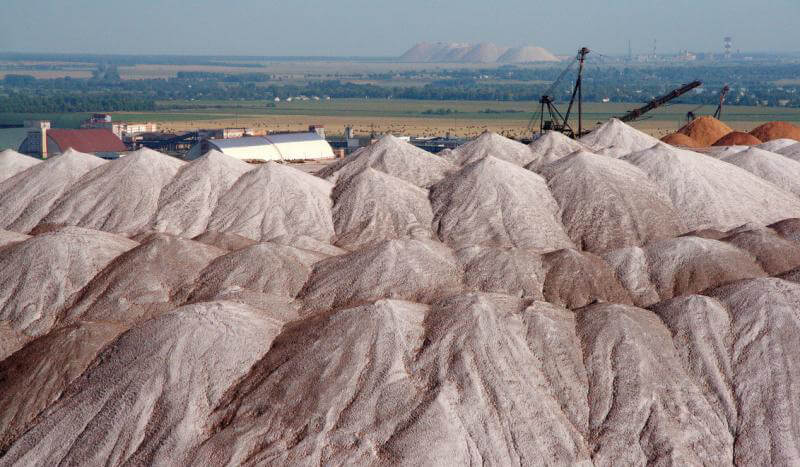
And if you ever drive through a landscape where the extraction of raw materials can be expected, pay attention to the ridges of this kind. These are unmistakable signs that in the recent, but perhaps very ancient past, there were heaps of rubble.
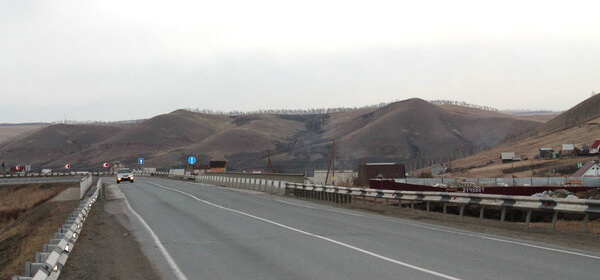
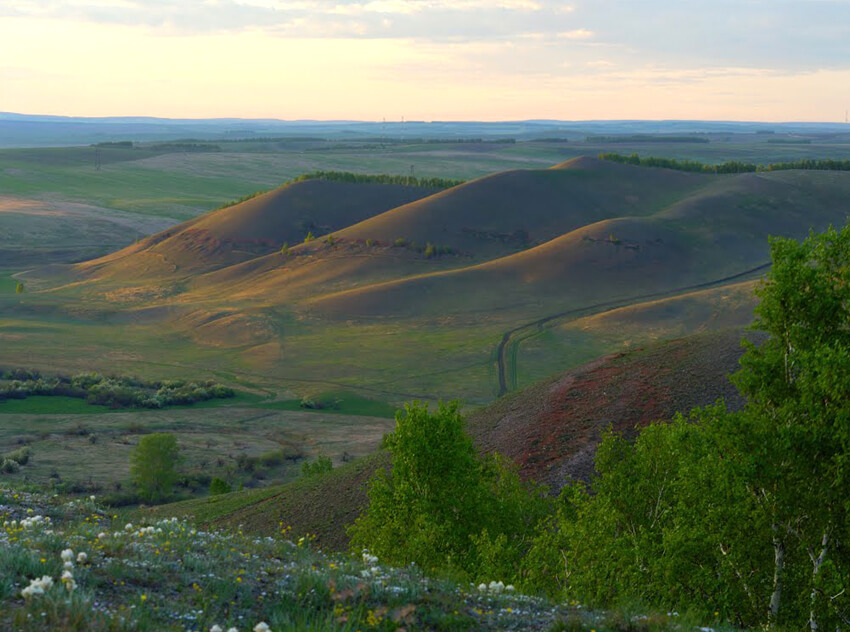
And one more scoop at the end. The sacred hill - Mount Jordan - stands in the place where Lake Ankara flows into Lake Baikal. Why is it sacred, I do not know, but at first glance it is obvious that it is not the work of nature, and that there is definitely not a mass of material there on the wheel.
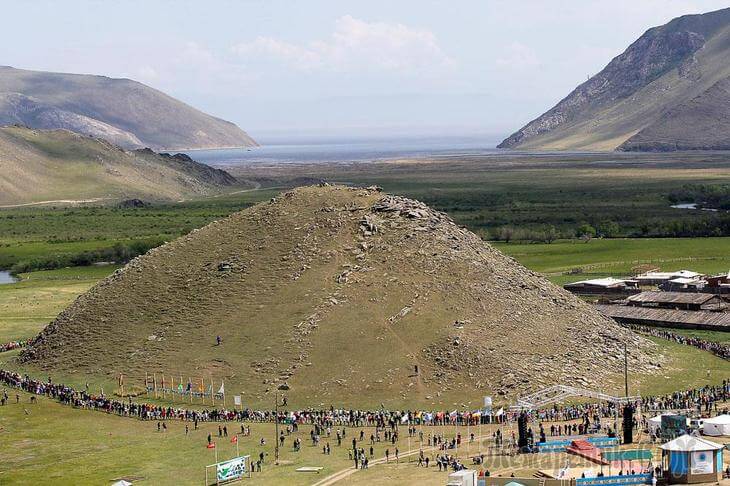
And when we look through the entire delta of the river, which forms a broad, straight but completely deserted valley, we will see all the features of ancient mining. Can you find them?
Mount Jorg is small at the back in the middle.
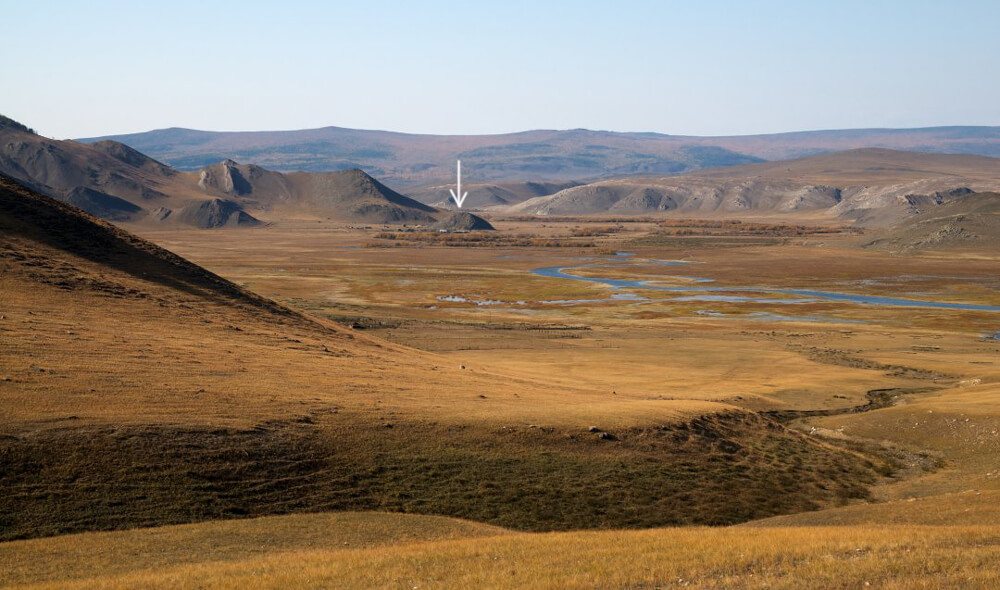
A large portion of terricones is a major ecological burden for their immediate surroundings. However, escaping gases and soil contamination are not the biggest danger they are threatening. But the next time ...





 6
6